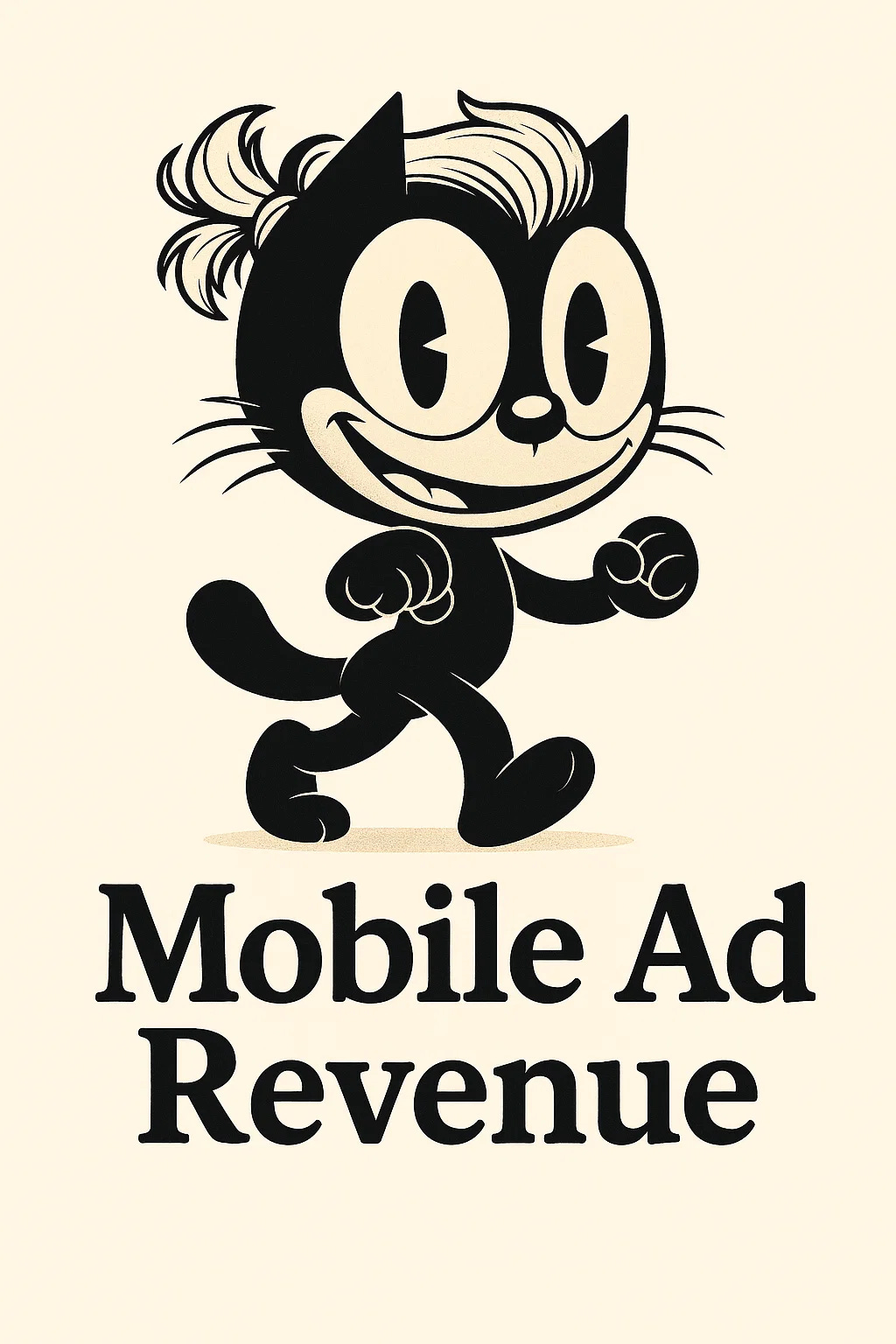June 4th, a day that will live in infamy for mobile ad monetization managers. Over 100 top publishers awoke to an automated message from Amazon Publisher Services (APS): access to Amazon’s demand and the Transparent Ad Marketplace (TAM) had been revoked without warning.
The automated and identical message explained bluntly that Amazon Ads continuously evaluates inventory to ensure policy compliance and performance, and has made the decision to stop serving Amazon and third-party demand to your apps. At the same time, the demand and access to the platform were cut, and the revenue disappeared.
In just three years, APS has become the primary source of banner demand for mobile publishers on MAX in the U.S. and Europe (image below shows the largest three networks in Q4 2024 on MAX).
Its strength lies in direct e-commerce demand, which is further amplified by giving publishers access to TAM. TAM is what truly sets APS apart in the world of ad monetization.
What makes APS unique is its hybrid approach. On the one hand, it offers high-performing, direct e-commerce demand that competes head-to-head with gaming-focused networks in terms of eCPMs. On the other hand, it enhances scale by bundling in demand from third-party DSPs. These DSPs pay APS a standard commission of around 15–18% to access its infrastructure and streamline payments.
But here’s the twist: APS allows publishers to bypass this rev-share by negotiating direct IO deals with DSPs through TAM. In these cases, APS shifts from a percentage-based fee to a flat infrastructure cost, often just a few cents per thousand impressions. That flexibility gives savvy publishers both scale and cost efficiency, making TAM one of the most publisher-friendly innovations in mobile ad monetization.
The flipflop
On June 11, some publishers awoke to a surprising reversal: their access to Amazon Publisher Services, which had been suddenly revoked just days earlier, had been quietly reinstated.
APS has long been known in the mobile publishing world for its exclusivity. In 2023, Amazon opened the floodgates with a major onboarding push. Since then, however, gaining access has become virtually impossible. Today, only a select few publishers remain on the platform, giving them a significant edge in banner monetization.
In a world where ad monetization relies on stability and scale, Amazon has demonstrated that it can pull the plug at any moment. For those who lost access, revenue vanished overnight without recourse, timeline, or explanation.
If APS is going to play kingmaker, the industry deserves transparency on who gets crowned and why.
💰Great Content 💰
For years, Habby has been a dominant force in the hybrid casual genre. Titles like Archero and Survivor.io set the standard by balancing ad revenue and in-app purchases almost equally. But Habby’s latest release, Wittle Defender, signals a shift. The studio that helped define hybrid monetization now appears to be moving toward more core monetization strategies. So, what’s driving this pivot away from the very formula that made them successful? Check out our full breakdown here!
For More Incredible Insights
Try 2.5 Gamers on YouTube!








